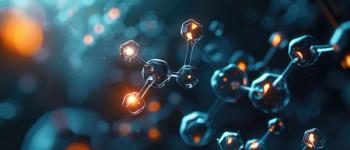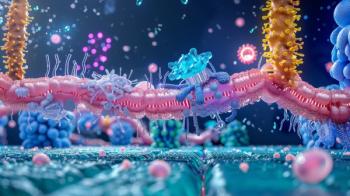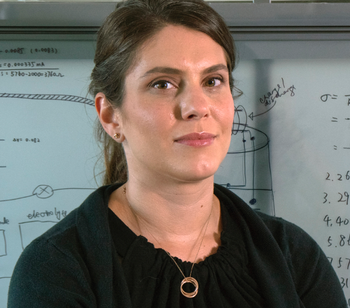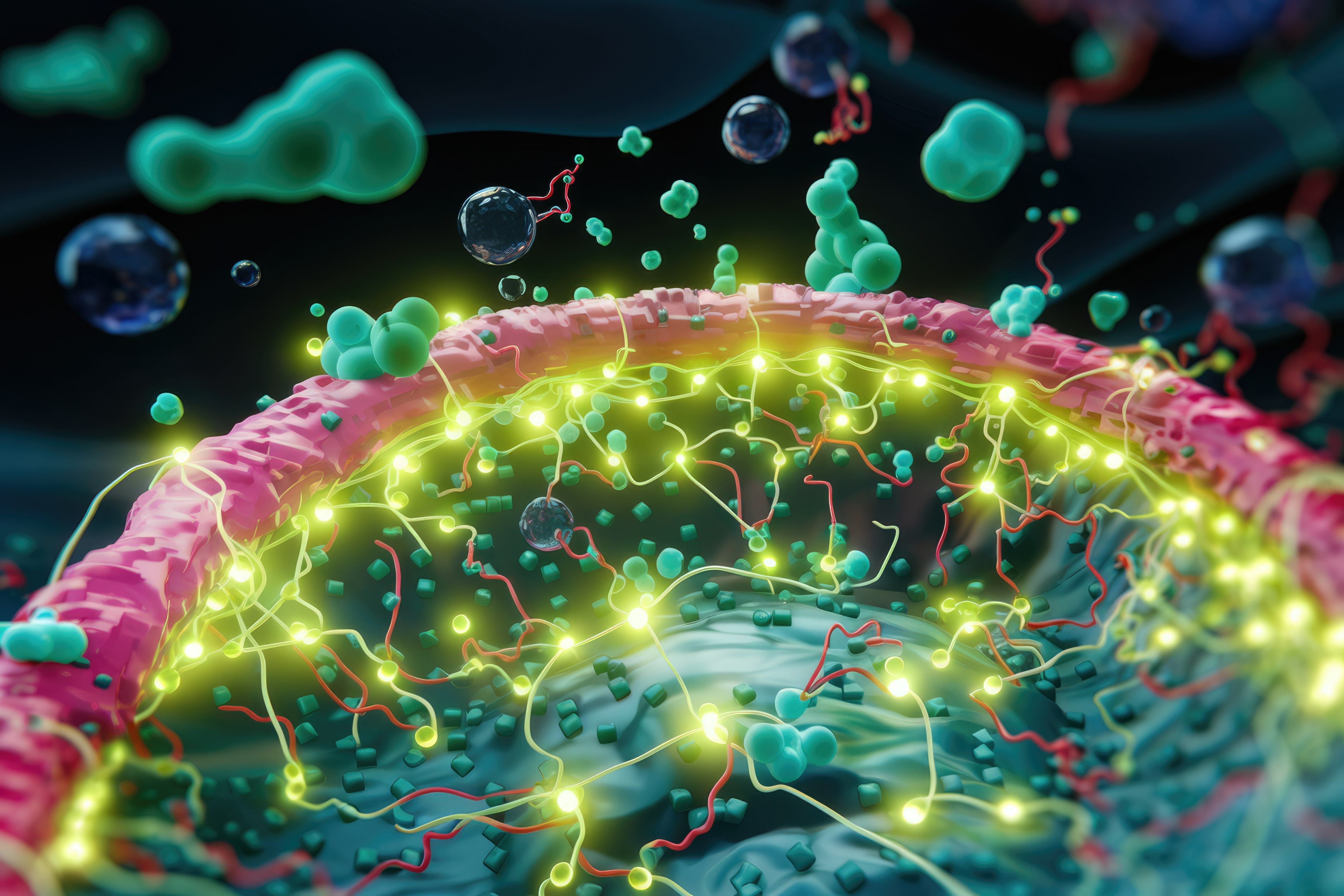
NMR
Latest News

Latest Videos
More News

Microplastics (MPs) and nanoplastics (NPs) are emerging contaminants requiring robust analytical techniques for identification and quantification in diverse environmental and biological matrices. This review highlights various spectroscopy methods, such as Raman, FT-IR, NIR, ICP-MS, Fluorescence, X-ray, and NMR detailing their methodologies, sample handling, and applications for characterizing MPs and NPs.

Researchers from UCLA have developed a novel method to synthesize and stabilize anti-Bredt olefins (ABOs), defying long-held beliefs about their instability. This breakthrough, published in Science, paves the way for new applications in synthetic chemistry by leveraging the unique reactivity of these geometrically distorted molecules.

A new review highlights the promising role of non-destructive spectroscopy techniques in enhancing olive and extra virgin olive oil (EVOO) quality assessments. By combining spectroscopy with imaging, researchers uncover innovative ways to determine product authenticity and improve quality control in olive oil production.

A recent study used Raman spectroscopy to monitor cell culture processes.

A recent study recently examined how proton nuclear magnetic resonance (NMR) spectroscopy can characterize debranched waxy rice starches in ice cream.

In this preview leading up to the SMASH NMR Conference in Burlington, Vermont, we preview the oral sessions set to take place on Tuesday September 17th.

In this preview leading up to the SMASH NMR Conference in Burlington, Vermont, we preview the oral sessions set to take place on Monday September 16th.

At the upcoming SMASH NMR Conference in Burlington, Vermont, the Magnetic Resonance in Chemistry Early Career Research Symposium will take place on Sunday September 15th. Here is what attendees can expect.

The following is a short overview of what SMASH conference attendees can expect at the Mestrelab User Meeting, which will take place on Sunday September 15th at 1:00 pm EST.

On Sunday, September 15th, the SMASH NMR 2024 conference will kick off in Burlington, Vermont. Here is what attendees can expect at Bruker’s User Meeting.

Spectroscopic analytical techniques are crucial for the analysis of agricultural products. This review emphasizes the latest advancements in several key spectroscopic methods, including atomic, vibrational, molecular, electronic, and X-ray techniques. The applications of these analytical methods in detecting important quality parameters, adulteration, insects and rodent infestation, ripening, and other essential applications are discussed.

SMASH 2024, which will take place at the Hotel Champlain Vermont in Burlington, Vermont, will highlight the latest nuclear magnetic resonance (NMR) methods and spotlight the newest applications in the field.

Researchers at the University of Strasbourg have developed NMR-compatible microfluidic optical cavities for vibrational strong coupling (VSC), enabling new insights into molecular behavior under VSC and advancing the field of polaritonic chemistry.

A recent study from the University of Guelph used nuclear magnetic resonance (NMR) spectroscopy to learn more about protein unfolding.

A recent study uses nuclear magnetic resonance (NMR), tandem mass spectrometry (MS/MS), and infrared spectroscopy (IR), to measure molecular complexity.

An exploration of the battery industry is presented here, with future outlooks described.

A recent study examined how spectroscopic techniques are being utilized in food adulteration applications, and what the future holds in this field.

A recent study from the Journal of Medicinal Chemistry examined how nuclear magnetic resonance (NMR) spectroscopy is being used in drug discovery.

Spectroscopy sat down with Lauren Marbella of Columbia University to discuss her research in lithium metal battery technology.

Spectroscopic analytical techniques are crucial for the analysis of environmental samples. This review emphasizes the latest advancements in several key spectroscopic methods, including atomic, vibrational, molecular, electronic, and X-ray techniques. The applications of these analytical methods in detecting contaminants and other environmental applications are thoroughly discussed.

Scientists from Tamil Nadu, India recently developed a new fluorescence-based chemosensor for selectively detecting trivalent chromium (Cr3+) ions.

A new study examined protein peptide deformylase (PDF) inhibitors and how they could be used as effective treatments against bacterial infections.

A new study presents a recent advancement in nuclear magnetic resonance (NMR) spectroscopy.

Here are the top five articles that the editors of Spectroscopy published this week.

This article highlights the use of nuclear magnetic resonance (NMR) spectroscopy to characterize biomarkers of metabolic syndrome at different stages of progression.






